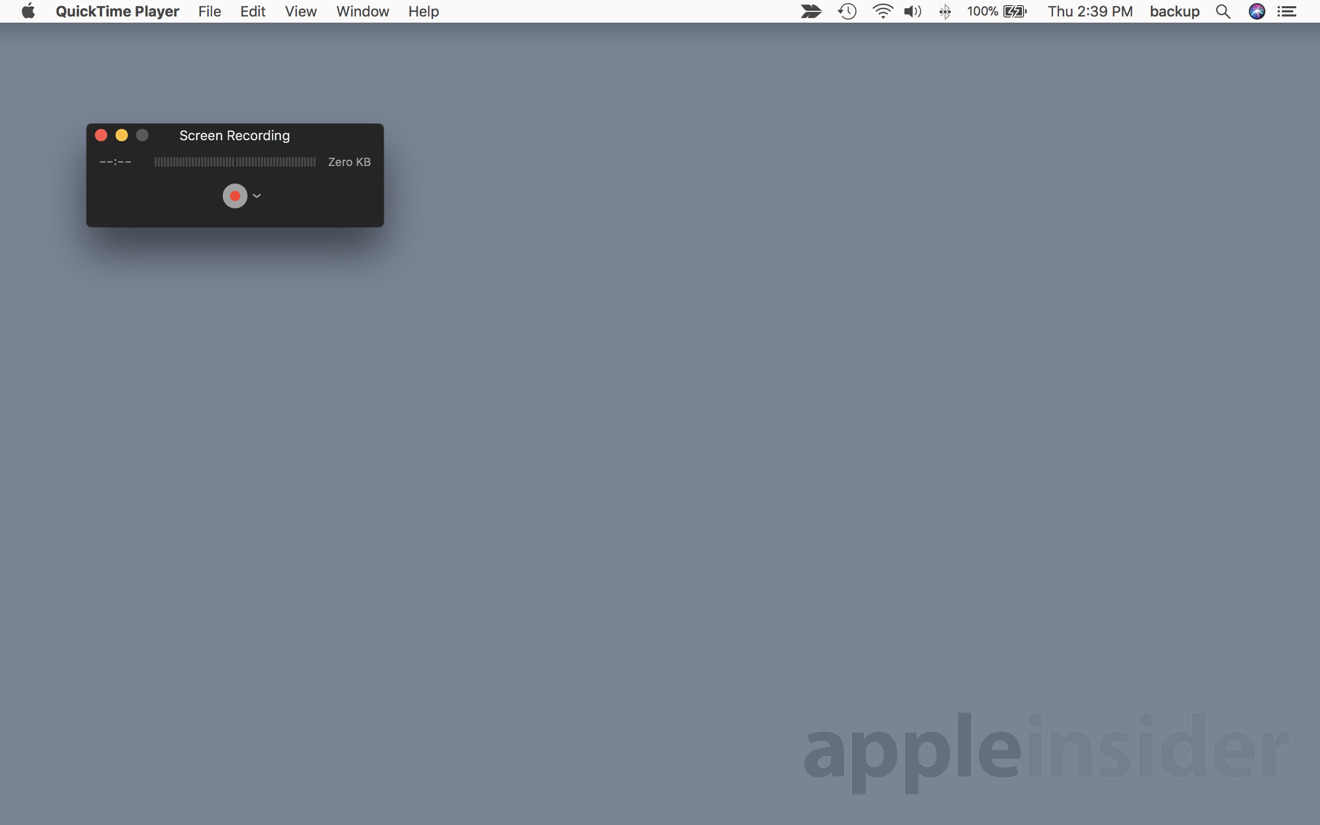
↑ Exploring AV Foundation, Apple Worldwide Developers Conference, 2011.
QUICKTIME FOR MAC 2017 MAC OS X

Stern and Robert Lettieri, Little QuickTime Page.


Īpple discontinued QuickTime development for Windows since version 7.7.9, leading the U.S. Classic QuickTime (pre-X) and QTKit have since been deprecated in favor of AVFoundation and AVKit, which originated on Apple's iOS platform and have now become the default media framework for macOS. QuickTime 7 introduced QTKit in April 2005 as a new 64-bit framework in the transition leading up to QuickTime X.
QUICKTIME FOR MAC 2017 FOR MAC OS X
Real-time server support was provided by QuickTime Streaming Server, a service daemon for Mac OS X Server through version 10.6.8.ĬHM Live Press Play The Origins of QuickTime Codecs released exclusively for Mac OS X included Apple Intermediate and ProRes for its Final Cut Pro users. Mac OS XĪpple continued its development of QuickTime Pro features for high-end media users as a paid upgrade to the free QuickTime base installation.
QUICKTIME FOR MAC 2017 UPDATE
The final update of QuickTime for Mac OS 8.6, 9, and the Classic environment was version 6.0.3 on April 25, 2003. QuickTime VR allowed for 360-degree navigation in multimedia titles. The PowerPlug extension accelerates performance of QuickTime 2.5 and later on systems with a PowerPC processor. A companion QuickTime Music control panel and Macintosh MIDI Manager had also been in development for QuickTime 2.1, but were never released. Īdds MIDI support to QuickTime 2.0 and later. On January 24, 1997, Apple released the QuickTime MPEG Extension, which allowed playback of MPEG-1 video on Power Macintosh computers without the need for additional dedicated hardware, such as the Apple MPEG Media System card. Classic components QuickTime MPEG Extension In March 1998, version 3.0 introduced QuickTime Pro features, which could be unlocked with a registration code. Version 2.5 was released on Jwith new MIDI support.

Īpple released QuickTime 2.0 for System 7 in June 1994, the only commercial version that was not freely released. Adobe Premiere 1.0 had also been in simultaneous development by Randy Ubillos and was one of the first QuickTime-based video editors on the market. QuickTime 1.0, codenamed " Warhol", was originally released for Macintosh System 6 on December 2, 1991.


 0 kommentar(er)
0 kommentar(er)
